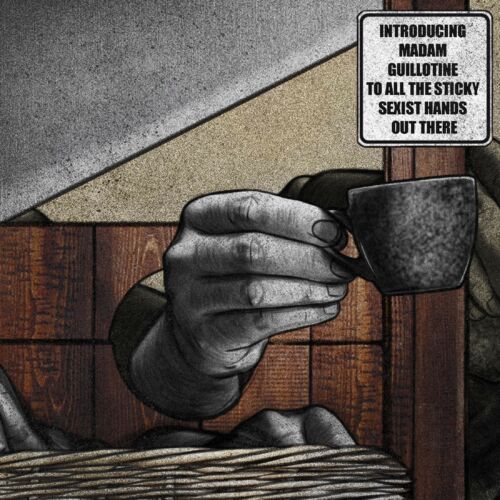Energy from tuk-tuks, Chilean lithium and Chinese sodium batteries
Banglian start-up SOLshare aims to turn some 2.5 million electric tuk-tuks into a “virtual power plant”. At the end of the working day, around 30% of the energy remains in the batteries of these vehicles, which can be reused in the electricity grid during peak demand. SOLshare is currently replacing conventional lead-acid batteries with chip-equipped lithium-ion smart batteries.
In the Atacama Desert by the Río Putana River at an altitude of 3,000m, there is the village of Río Grande. It is home to the indigenous Lickanantay people, who rely on the Río Putana to provide the water they need to cultivate their land and raise livestock. However, a new industry in the area – lithium extraction from the largest deposits in the world – could damage local water resources. This is because it involves the industrial pumping of brine from the subsoil, potentially resulting in a water deficit in the region. That is why the concerned local communities of Camar, Catarpe, Talabre, Toconao, Socaire, Quillaga and Río Grande are trying to co-create the lithium economy with mining companies in Chile.
China is well ahead of the rest of the world in developing sodium batteries, which are beginning to compete with lithium cells. Sodium, a component of salt, costs between 1 and 3% of the price of lithium, and it is also much more common and chemically very similar to lithium. Sodium batteries can be recharged many times, and their energy capacity has also increased. Researchers at Central South University in Changsha are coordinating the development of this technology. In two years’ time, China will have 95% of the world’s sodium battery production potential.























